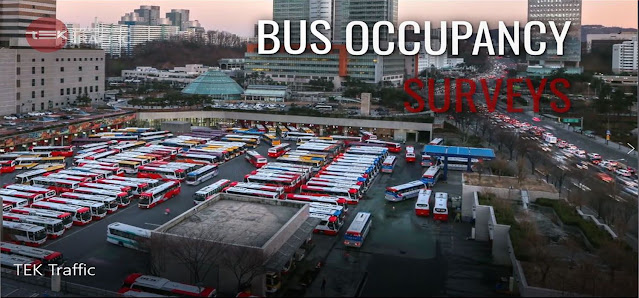Road Traffic Data Collection and Analysis:
The process
of acquiring, organizing, and evaluating data about the movement of cars on
roads and highways is known as road traffic data collection and analysis. The
data gathered may contain details on, among other things, the kind of vehicles
being driven, their speeds, and volume of traffic. This information can be used
to guide tactics for traffic control, road design, and transportation planning.
Road traffic data can be gathered using a variety of techniques, such as manual traffic counts, automatic traffic counters, and video-based data collection. While computerized traffic counters employ sensors to detect and record vehicle movements, manual traffic counts include individuals physically counting vehicles at predetermined sites and times. Cameras are used for video-based data collecting to record and examine traffic patterns and behavior.
Once the data is collected, it can be analyzed using various statistical techniques, such as regression analysis and time-series analysis. This analysis can help identify trends, patterns, and relationships between different variables. For example, data on traffic volume and speed can be used to determine whether congestion is a problem at a particular location and time.
The results of the study may be presented in a variety of formats, including charts, graphs, and maps. The knowledge presented here can be used to guide the design and construction of new roads as well as traffic control strategies like modifying signal timing or using dynamic message signs.
In addition to informing transportation planning and management, road traffic data collection and analysis can also be used to improve safety on the roadways.
Transportation experts can identify high-risk areas and create focused initiatives to lower the frequency of accidents and enhance overall road safety by studying data on traffic infractions and accidents.
Overall, road traffic data collection and analysis are an important tool for improving the efficiency, safety, and sustainability of transportation systems. By gathering and analyzing data on traffic patterns and behavior, transportation professionals can make informed decisions that benefit both drivers and the broader community.
There are many different types of traffic data collection services, ranging from small local firms to large multinational companies. These services may specialize in specific areas of traffic data collection and analysis, such as pedestrian and bicycle counts, vehicle classification and speed studies, or travel demand modeling.


Comments
Post a Comment